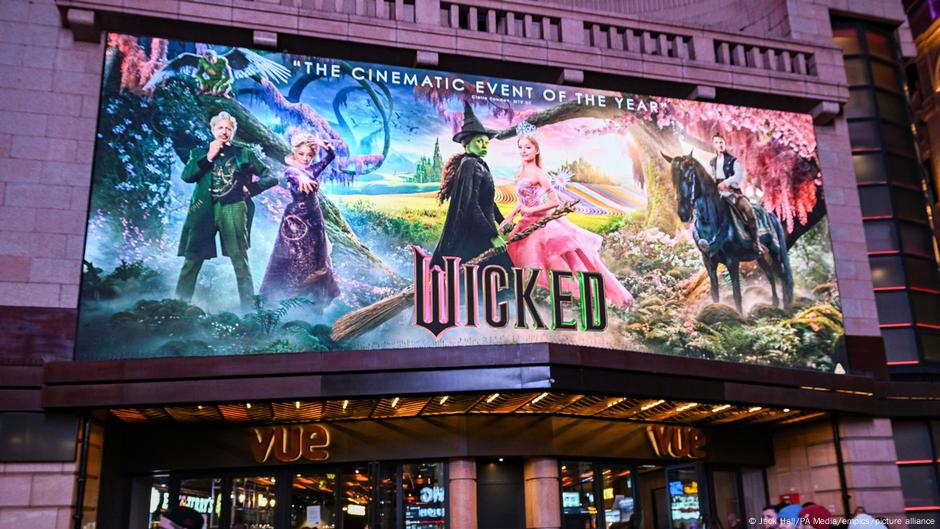According to a report released on Tuesday, for the first time in the top-earning films of 2024, a woman was a leading, or co-head, hero.
USC Ananeburg inclusive initiative from the University of Southern California found that 54% of the top 100 box office films painted women and girls as the main characters.
It represents the USC’s annual report reported in 2023 and just 20% in 2007 when the USC annual report began.
Women dominate the box office
Stacey L., founder of Anenburg Inclusion Initiative. Smith said in a statement, “This is the first time we can say that gender equality has reached the top tightening films.”
“In 2024, three of the top five films had a girl or woman a major role, as performed in five of the top 10 films – which included the number one film of the year, Disney’s ‘Inside Out 2’, “Smith said.
Other notable major pictures with the leading female hero in 2024 were “wicked” with Synthia Erivo, “The Substance” with Demi Moore and Margaret Qualle, and “Furioosa: A Mad Max Saga” Anya Taylor-Joy.
However, there was some inequality between the studios. Women played a major role in 66.7% of films released by Universal Studios, but 38.5% for Sony Pictures Entertainment.
“We always know that women-wandering leads will earn money. This is not a result of an economic awakening, but in many different constituencies and efforts-time groups, in studios, through the screen, through equality on the screen,” The reason for Smith is, “Smith said.
Hollywood minorities still represent lacquer
Despite the increase in the number of women in the lead roles, a separate report was released on the Center for the Study of Women in Television and San Diego State University in the film, ie Tuesday, found that the percentage of women characters in speaking roles 2024 In 35% to 37%.
The USC report found that gender inclusion was not matched by racial inclusion.
It was found that out of the top 100 films, only 25 in 25 were below 37 in 2023, a man in the lead role. According to the census, there was no studio Camalose to represent 41.6% of the US population, which are colorful people. ,
Catherine Naf, the lead author of the USC Study, said, “This year’s findings mark a historical step towards proportional representation for women.
Edited by: Sean M. Cinico






Leave a Reply